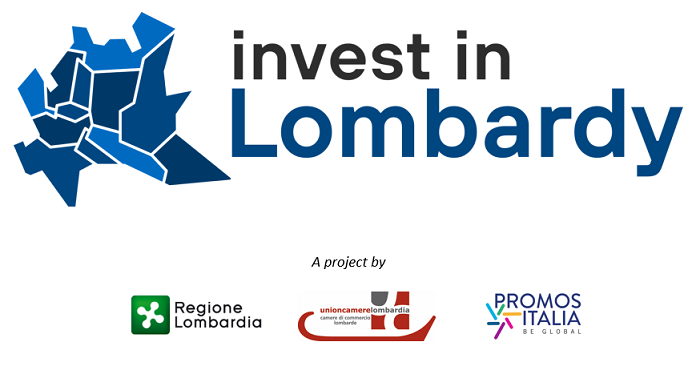Lombardy ranks as the third hub of cultural enterprises throughout Europe, behind geographic areas like Paris and London (source: European Cluster Observatory 2013).
In fact, according to the latest report “Io sono cultura 2016” released by Unioncamere and Symbola – Fondazione per le qualità italiane, Lombardy totals over 60,000 enterprises with a global culture-driven wealth amounting to 23 million € (accounting for 26% of the Italian total). Among the top 20 global culture-driven cities, Monza and Brianza ranks 12°; Brescia ranks 8° against the scope and role of creativity-driven activities, whereas Como ranks 16° on account of its cultural core activities. Ranking 17° against creativity-driven activities, Mantua sets the example of a jewel-like town hosting one of the foremost international literature festivals and as the 2016 Italian Capital of Culture, thus showing that even non-metropolitan areas strictly speaking can be examples of excellence pulling in international audiences.
Against the Italian panorama, Milan undoubtedly stands out: not only as metropolitan area but also against both the number of operators, added value and related activities. With its 14.5 billion € worth added value and an employed population of over 187,000 units, Milan ranks top 1° in the Italian panorama.
Which are the foundations underlying such entrepreneurial vibrancy? We could start listing the main assets: 9 Unesco sites, 175 museums, important art galleries, a widespread library network, archaeological sites, opera houses (in addition to La Scala) and theatres, a major concentration of traditional cultural industries (media and publishing), as well as a long-established production and broadcasting system, some of the leading design schools worldwide, closely partnering with local manufacturing companies and beyond.
This overview encapsulates just a few of the drivers that set Lombardy as a benchmark from the cultural and creative point of view. To this adds on the startling awareness of public and private players who, since ten years, have invested public funds and private resources to the aim of fostering innovative institutions and creating new cultural scenarios and facilities: Hangar Bicocca, Fondazione Prada, the new Brera, currently in the making, are just a handful of the most interesting examples.
Lombardy is a geographic area ready to attract investments in the cultural arena too, thus boosting a growingly global-scale economic system alongside the outstanding local heritage.
Not only traditional investments in the international cultural tourism stand out as useful, indeed a growth margin is expected in terms of the demand for innovation-focused services (technology and management). The business, cultural and management networks rooted in Italy are ready to welcome the interaction with foreign players who value the Italian soft power as an opportunity to leverage beauty, while creating social and economic value.
Written by Noemi Satta, Strategy and participation management expert


